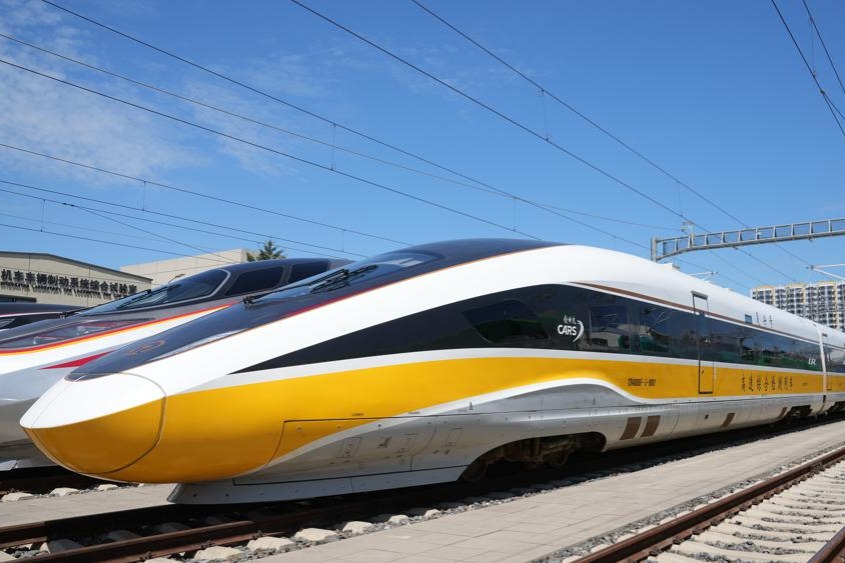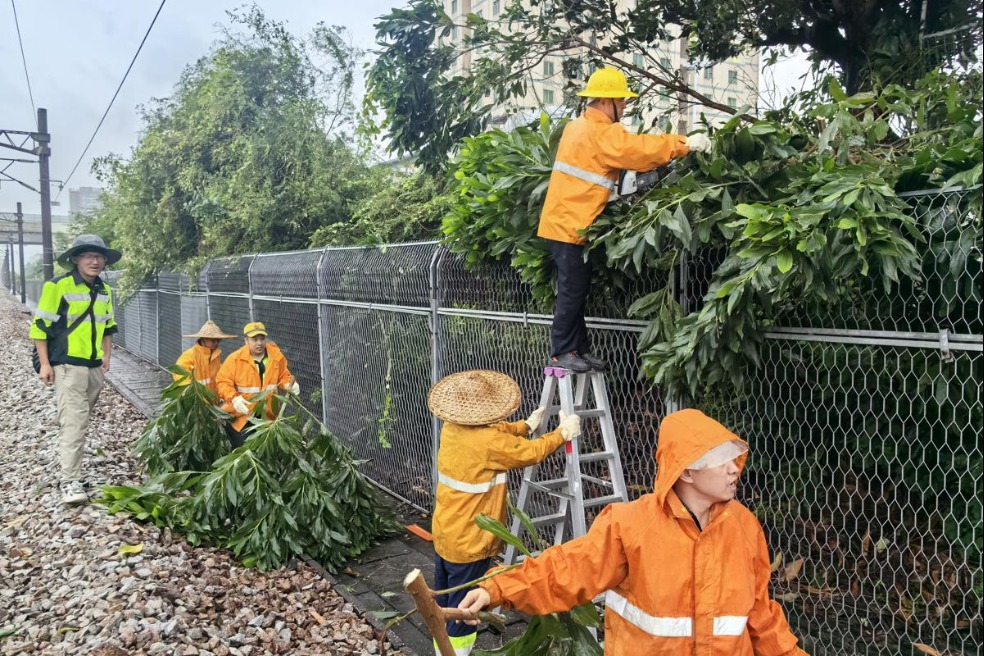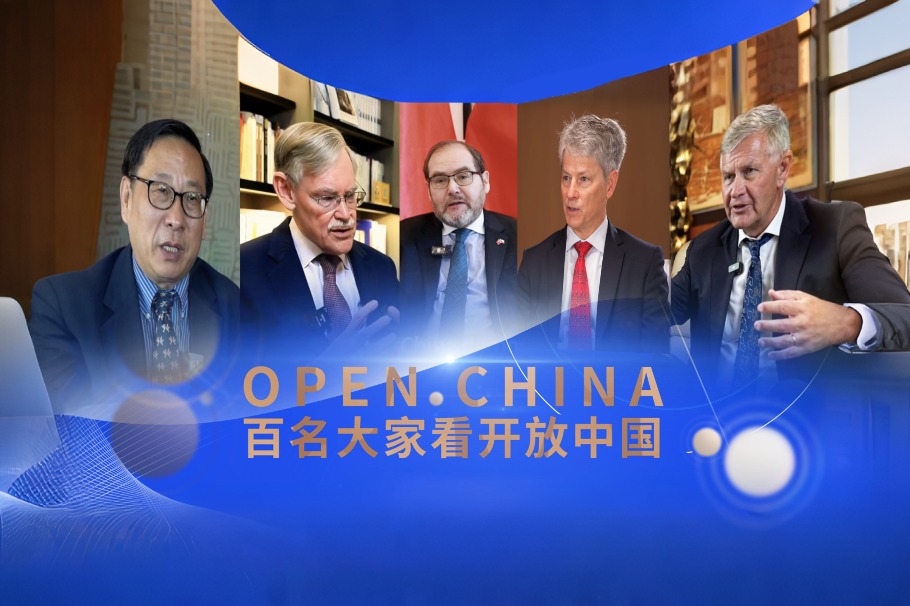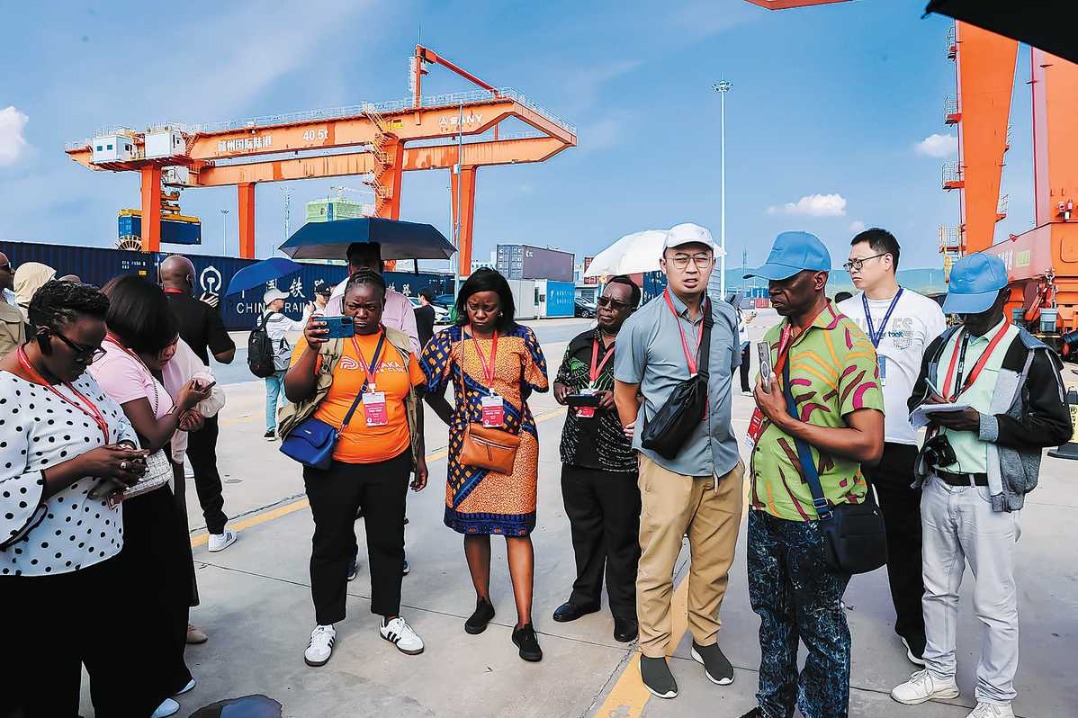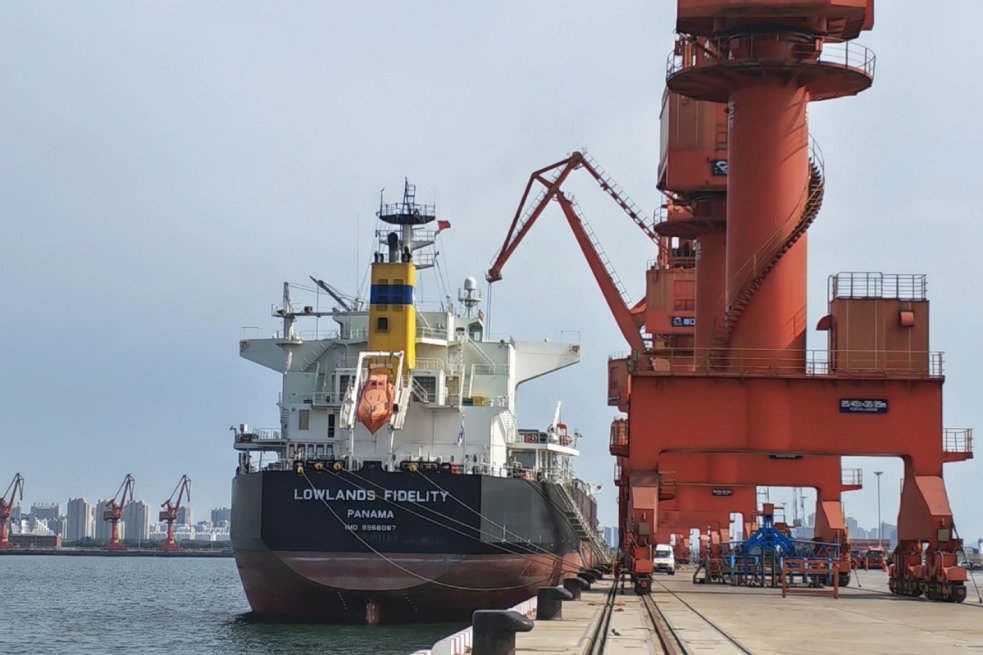Green accelerator


China can play a leading role in establishing an efficient clean energy supply chain
The 2021 United Nations Climate Change Conference (COP 26) managed to bring global leaders to Glasgow, Scotland, and delivered much-needed outcomes to the world despite the COVID-19 pandemic. It also strengthened global determination to achieve the goals of the Paris Agreement. More importantly, it declared a war against dirty fossil fuels.
Up to now, more than 140 countries with 70 percent of global greenhouse gas emissions have committed to carbon neutrality. The goal of clean energy transition is clearer than ever now. The recent International Energy Agency report on net-zero emissions by 2050 concludes that renewable energies will dominate global energy supply and the share of fossil fuels will decline from 80 percent to less than 20 percent by 2050. Solar and wind energy will need to be scaled up rapidly, reaching annual additions of 630 gigawatts and 390 GW respectively by 2030, four times the record levels set in 2020. Electric vehicles will need to go from around 5 percent of global car sales to more than 60 percent by 2030, 18 times of the 2020 level.
Thanks to increased efforts in recent decades, the technologies needed for the clean energy transition are available at affordable prices and the policies seem to be working. However, one question remains unanswered: what is the implication from the supply chain perspective to ensure the acceleration of clean energy transition at such a scale?
The development of renewables in China is the most remarkable story that can shed some light on this. In 2020, new installed capacity of solar photovoltaic power generation units in China reached 48 GW, more than 40 percent of the global new installed capacity. China's total installed capacity of solar PV units reached 253 GW, which is one-third of the global total and exceeds that in the European Union and the United States.
The picture is similar for wind power. In 2020, the new installed capacity of wind power in China reached a record-breaking 72 GW, bringing total installed capacity to 281 GW, 38 percent of the total global capacity.
The development of China's electric vehicles industry is just as eye-catching. China has been the largest EV market since 2015, accounting for 50 percent of global sales. By October the total number of EVs in China reached 6.8 million. Meanwhile, China's EV infrastructure continues to expand at an impressive rate. Over 2.2 million charging stations throughout the country form the world's largest network.
Why is China so successful with modern new energies? This is often attributed to its massive investments and conducive policy environment. However, the role of the supply chain is often underestimated.
Take solar PV as an example. China accounted for 80 percent of the global PV module production in 2020. The world's top five manufactures are all from China. According to the current plan, the production of solar PV in China will reach at least 350 GW by 2025.China also dominates the supply of solar inverters, another key component for grid connection. Six of the top 10 inverter manufactures are from China, accounting for 60 percent of global production.
Likewise, seven of the world's top 10 wind turbine manufacturers are Chinese, producing 55 GW capacity in 2020. Other leading manufacturers such as Vestas and Gamesa have also set up production bases in China. Furthermore, China has developed a full supply chain from key components to construction and operation of wind farms. Longyuan Power has been the world's leading wind power operation company since 2015 and is currently running 200 GW of wind power generation.
Chinese companies are catching up quickly on EV manufacturing, too. Two of the world's top five EV producers are from China, which seemed impossible in the traditional car manufacturing landscape. More impressively, China is leading the supply of EV batteries. CATL and BYD account for a combined 40 percent of the global EV battery market.
China's success stories tell us that supply and demand are two sides of the same coin. The necessary global clean energy transition can happen if backed by a more powerful clean energy supply chain. All countries need to collaborate more closely to create an inductive environment and cultivate the supply capacity instead of putting up barriers.
For many developing countries, the role of supply chains should not be confined to just the provision or purchase of final products. These countries need to be part of the supply chains so that the solutions can be customized to country-specific needs. They also need knowledge and experience to build their capacity in developing their own clean energy systems, which are essential for the long-term endeavor toward a low-carbon green development pathway.
After President Xi Jinping announced in September that China will no longer fund new coal-fired power plants overseas, China is rapidly expanding its clean energy cooperation with many developing countries. Promoting climate cooperation and low-carbon development has been elevated to be a key component in advancing the Belt and Road Initiative.
Clean energy cooperation is also being highlighted on the bilateral level. For example, a China-Association of Southeast Asian Nations clean energy cooperation center was proposed by President Xi at the recent China-ASEAN summit to enhance technology sharing in renewable energies. President Xi also announced at the eighth Ministerial Conference of the Forum on China-Africa Cooperation in Dakar, Senegal, on Nov 29 that China will build centers of excellence in Africa to promote low-carbon development and climate change adaptation.
It is encouraging to see the increasing momentum of clean energy cooperation led by China. However, this is not a task solely assigned to China. All governments, NGOs, businesses and academies should work together to cultivate such collaborations particularly for developing countries. Only through joint efforts can we build a green engine powerful enough to boost the global energy transition and achieve the common goal of limiting global warming to well below 2 C.
The author is head of Climate Works Foundation Beijing Office and former climate policy adviser to the Secretary General of the United Nations. The author contributed this article to China Watch, a think tank powered by China Daily. The views do not necessarily reflect those of China Daily.
















